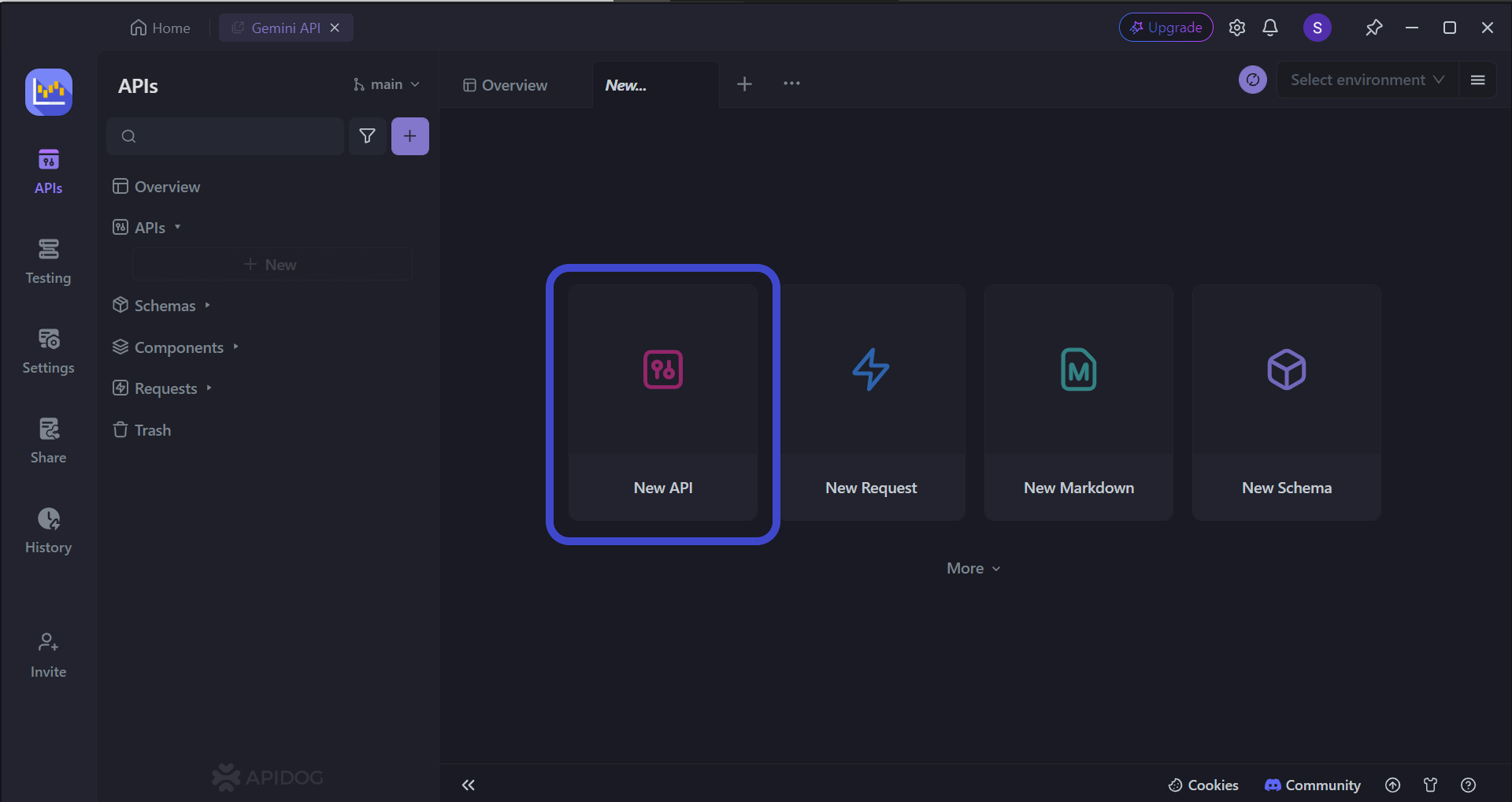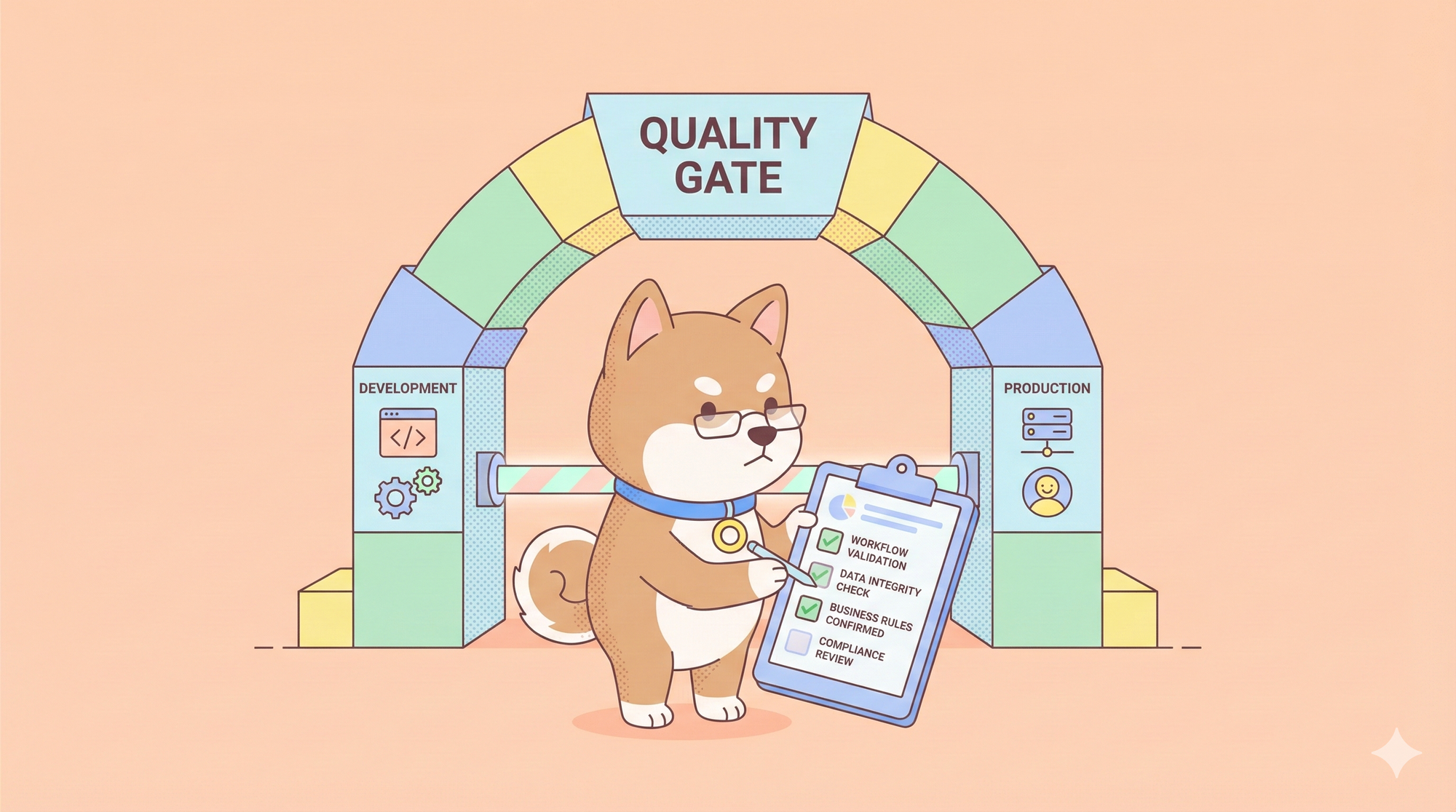Maintaining consistent and well-documented API revisions is crucial for efficient API development. However, managing numerous versions and collaborating effectively on changes within a team can be a complex endeavor.
To learn more about Apidog's capabilities, click the button below! 👇

This guide explores the functionalities of Postman's integrated version control system, empowering you to effectively manage API versions, streamline collaboration, and maintain a clear audit trail of modifications. By leveraging these features, you can ensure a more organized and efficient API development workflow.
What is Postman?

Postman acts as a central hub for API development, streamlining the process for programmers. Its comprehensive suite of features encompasses design, testing, and documentation capabilities. This consolidation of functionalities has cemented Postman's position as a preferred tool for developers tackling a wide range of API-related projects.
What is Postman's Version Control?
Postman's version control allows you and a team to create and modify an API collaboratively. The version control specializes in managing:
API Collections: Collections define your API requests, which include URLs, parameters, headers, and body content.
API Environments: API environment variables are stored within the Postman version control to be used within your collections. This allows users to easily switch between development, testing, and production environments.
API Mocks: API mocks simulate server response for API endpoints, making them useful for testing purposes.
Postman's Version Control Functionalities
Postman's version control offers a variety of features for developers to maximize the API development processes. such as:
Tracking Changes
- Maintain a clear history of modifications for your collections, environments, and mocks.
- Identify who made specific changes and pinpoint the exact timestamp for improved accountability and collaboration.
Forking and Merging
- Inspired by Git workflows, Postman allows you to create a copy (fork) of an element (collection, environment, mock) for independent work.
- Once edits are complete, easily merge your changes back into the main version, streamlining collaboration and integrating individual contributions.
Pull Requests
- Foster transparent development by allowing team members to review proposed changes before merging them into the main version.
- This collaborative process helps identify and address potential conflicts before they disrupt the workflow.
Version History
- Access past iterations of your collections, environments, and mocks.
- This historical record allows you to revert to earlier versions if necessary, providing a safety net in case of unintended modifications.
Integration with External Version Control Systems
- While Postman's built-in system excels at managing API artifacts, it can also integrate with external systems like Git.
- This synchronization allows you to manage changes to your Postman collections alongside your codebase in a single repository, promoting a unified source of truth for your API definitions.
Sample Demonstration of Postman API Version Control
This sample demonstration of API version control on Postman will include using a Git repository.
Create an API in Postman

Create a new request by clicking the New button in the top left corner of the Postman window. Select HTTP Request to create a new request, as shown in the image above.
Enter API Method and Details
Include the details of the API request you wish to create. It must include components such as the URL, HTTP methods, and additional parameters the API will require.
Select Team Settings

Continue by clicking Team Settings.
Select Installed Apps

You will be redirected to a webpage for further configuration. On this page, locate Installed apps found on the left vertical list. If you have either GitHub Enterprise Server or GitLab Self-Managed, then these apps will appear on this screen.
Enter the Domain URL of the GitHub Repository
Enter the domain URL of your GitHub repository, which should look something like:
GitHub Enterprise Server: https://my-github-server.example.com
GitLab Self-Managed: https://gitlab.example.com
Create OAuth App
Following the Git provider you have, abide by the instructions to create an OAuth app.
- Homepage URL - Enter the Postman homepage URL:
https://www.postman.com - Authorization callback URL or Redirect URI - Enter the authorization callback URL provided in Postman:
https://integration-oauth.pstmn.io/v1/api-git-callback.html - Scopes - Make sure to select the appropriate scopes when creating the OAuth app to enable Postman to read and write to your repository. For GitHub, select the
repoanduserscopes. For GitLab Self-Managed, select theapiscope.
Once you have the OAuth app, copy its Client ID and Secret to enter them in Postman.

Simple, Straightforward Collaboration with Apidog
Apidog is a powerful API development platform that can be an excellent replacement for Postman. With a reliable collaboration and a distinctive version control system native to Apidog, users can work together in a team to develop APIs professionally with efficiency.


Building APIs with Apidog
With Apidog, you and your team can create APIs within a few clicks.

To begin, press the New API button, as shown in the image above.

Proceed by defining the various characteristics of the API. This section allows you to:
- Specify the HTTP Method: Select the appropriate HTTP method (GET, POST, PUT, or DELETE) to dictate the desired server operation.
- Define the API Endpoint URL: Indicate the specific API endpoint URL (or API address) that facilitates client-server interaction.
- Incorporate Parameters (Optional): Include one or more parameters to be dynamically included within the API URL, allowing for customized requests.
- Provide a Functional Description: Craft a concise description that elucidates the intended functionality of the API.

Version Controlling with Apidog

Under the Design section of your API, click the small square icon as shown in the image above. This will lead you to the changelog section of your API.

In this list, you can select which update you wish to view.

Lastly, you can observe the changes made from one version of your API to another. You can see when the change was made, and by whom the change was made. If in any case an older version of the API is required, users will also have the option of reverting it to a selected older version.
Conclusion
Effectively leveraging Postman's version control functionalities allows developers to cultivate a more organized and collaborative API development environment. This guide has equipped you with the knowledge to track changes, facilitate team collaboration through features like forking and merging, and maintain a clear history of API revisions.
Remember, a well-defined version control strategy is instrumental in streamlining your workflow, preventing conflicts, and ensuring the smooth evolution of your APIs. Embrace Postman's built-in features and explore potential integration with external systems to establish a version control approach that empowers your development team.
![[Guide] Postman Version Control Your APIs](https://assets.apidog.com/blog/2024/04/postman-version-control-cover.png)




